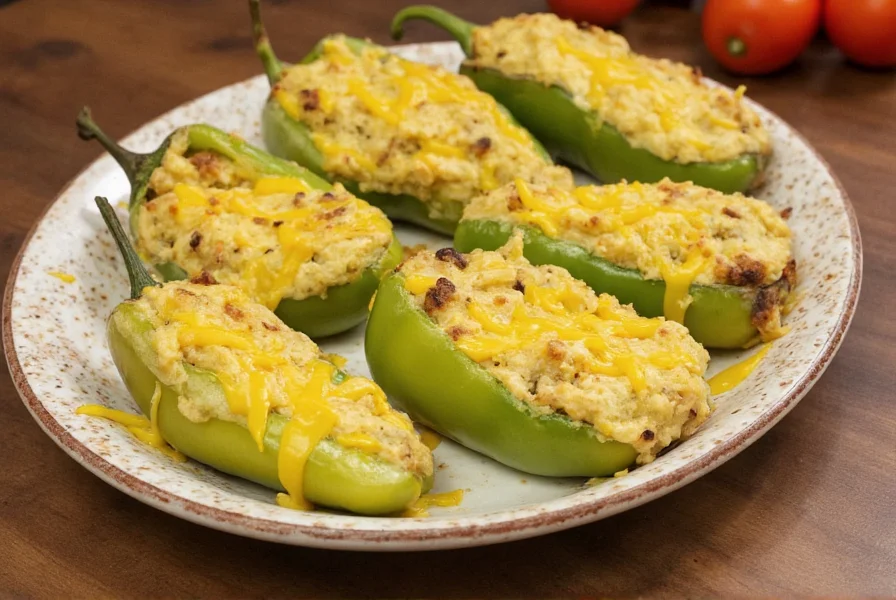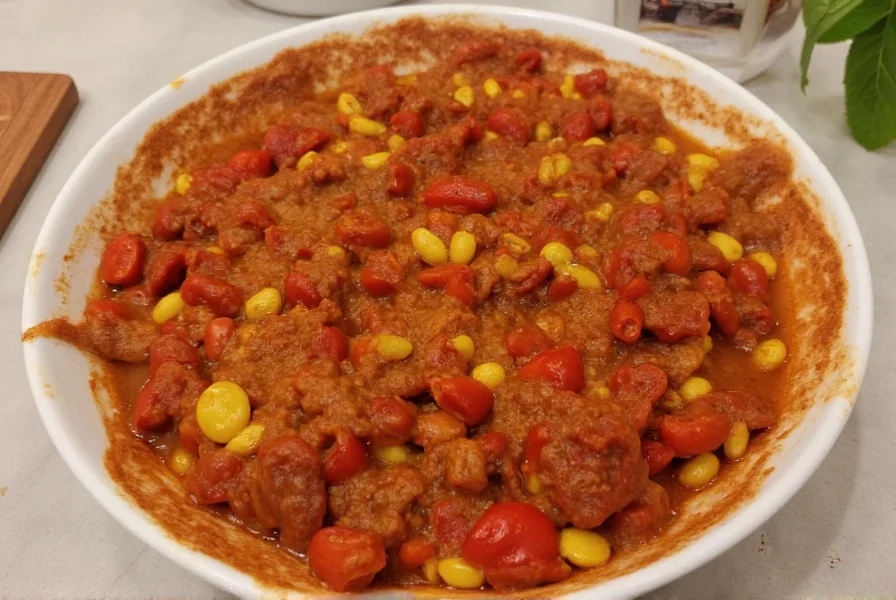Many English speakers encounter confusion when searching for Mexican dishes due to common misspellings and linguistic misunderstandings. The term “chili toreado” represents one such case where Spanish culinary terminology gets mistranslated or misheard. Understanding the correct terminology opens the door to authentic Mexican cooking traditions and helps home chefs find reliable recipes.
Decoding Mexican Cuisine Terminology
The confusion around “chili toreado” typically involves two key misunderstandings: the proper spelling of “chile” versus “chili,” and the meaning of “toreado.” In Mexican Spanish, “chile” (pronounced “chee-leh”) refers to the pepper itself, while “chili” typically denotes the Americanized stew or powder. The word “toreado” doesn't exist in standard Spanish culinary vocabulary—it's likely a mishearing of “relleno” (stuffed) or confusion with “tostado” (toasted).

Authentic Chile Relleno: What You Should Be Searching For
The dish most likely intended by “chili toreado” is chiles rellenos—a beloved Mexican classic with regional variations across the country. This traditional preparation involves:
- Selecting fresh poblano peppers (sometimes Anaheim or other varieties)
- Roasting and peeling the peppers to remove the tough outer skin
- Stuffing with cheese (typically queso fresco or Oaxaca), picadillo (meat filling), or other traditional fillings
- Coating in a light egg batter
- Frying until golden brown
- Serving with tomato sauce, salsa verde, or other complementary sauces
Regional variations exist throughout Mexico—in some areas, chiles rellenos appear in mole sauce, while others serve them with simple tomato salsa. The state of Puebla claims the most famous version, often prepared as “chiles en nogada” with walnut cream sauce and pomegranate seeds.
Why Terminology Matters in Mexican Cooking
Accurate terminology serves as your gateway to authentic recipes and culinary traditions. When searching for traditional chile relleno preparation, using the correct Spanish terms yields significantly better results than anglicized versions. Consider these distinctions:
| Common Misconception | Authentic Term | Meaning |
|---|---|---|
| Chili Toreado | Chiles Rellenos | Stuffed peppers |
| Chili | Chile | Pepper (not the stew) |
| Toreado | Relleno | Stuffed/filled |
| Peppers | Chiles | Specific pepper varieties |
Creating Authentic Chile Relleno at Home
For those seeking an authentic chile relleno recipe, follow these traditional preparation steps:
- Select quality peppers: Choose firm, dark green poblano peppers without blemishes
- Roast properly: Char over open flame or under broiler, turning frequently until evenly blackened
- Steam and peel: Place roasted peppers in covered bowl for 10 minutes, then carefully remove skins
- Prepare filling: Use traditional Oaxaca or queso fresco cheese, or picadillo with ground meat, fruits, and spices
- Create light batter: Whip egg whites to stiff peaks, then gently fold in yolks
- Fry carefully: Coat stuffed peppers in batter and fry in shallow oil until golden
- Serve traditionally: Accompany with fresh tomato salsa or mole sauce
Navigating Recipe Sources for Authentic Results
When searching for Mexican stuffed pepper dish recipes, prioritize sources that demonstrate cultural understanding. Look for these indicators of authenticity:
- Recipes specifying particular chile varieties (poblano, Anaheim, jalapeño)
- Chefs or authors with documented Mexican culinary background
- Preparation methods that include traditional roasting and peeling techniques
- Regional specificity (Puebla-style, Oaxacan variations, etc.)
- Use of authentic ingredients like fresh epazote, hoja santa, or proper cheese varieties
Avoid recipes that call for shortcuts like canned peppers or pre-made batters, as these typically produce inauthentic results. The traditional chile relleno preparation requires careful attention to each step for optimal flavor and texture.
Common Mistakes to Avoid
Many home cooks encounter difficulties with how to make proper chile relleno due to common pitfalls:
- Using the wrong pepper: Bell peppers lack authentic flavor and texture
- Skipping the roasting step: Essential for flavor development and easy peeling
- Overstuffing: Causes peppers to split during cooking
- Improper batter: Heavy batters overwhelm the delicate pepper
- Serving with inappropriate sauces: Traditional tomato or mole sauces complement better than cheese sauces
Mastering the authentic chile relleno recipe requires patience and attention to traditional techniques, but yields rewarding results that showcase Mexico's rich culinary heritage.
Frequently Asked Questions
What is the correct term for the dish people call “chili toreado”?
The correct term is “chiles rellenos,” which refers to stuffed poblano peppers. “Chili toreado” is a common misspelling or mishearing of this traditional Mexican dish name.
What's the difference between “chile” and “chili” in Mexican cooking?
In Mexican Spanish, “chile” (pronounced “chee-leh”) refers to the fresh or dried pepper. “Chili” typically refers to the American stew or powder. Using “chile” when searching for authentic Mexican recipes yields better results.
Can I make chiles rellenos without frying them?
Yes, authentic variations exist throughout Mexico. Some regions prepare chiles rellenos by baking rather than frying, while others serve them without batter in sauces like mole or salsa verde. The traditional Puebla version typically uses frying for the characteristic texture.
What are the most authentic fillings for chiles rellenos?
Traditional fillings include queso fresco or Oaxaca cheese, picadillo (ground meat with fruits and spices), or seafood in coastal regions. The famous Puebla variation “chiles en nogada” features a complex picadillo with dried fruits, nuts, and spices, topped with walnut cream sauce and pomegranate seeds.
Why do some chile relleno recipes call for egg white batter?
The light egg white batter creates a delicate, airy coating that protects the pepper during frying while adding minimal heaviness. This technique, which requires properly whipped egg whites, is traditional in many regions of Mexico and creates the signature texture of authentic chiles rellenos.











 浙公网安备
33010002000092号
浙公网安备
33010002000092号 浙B2-20120091-4
浙B2-20120091-4